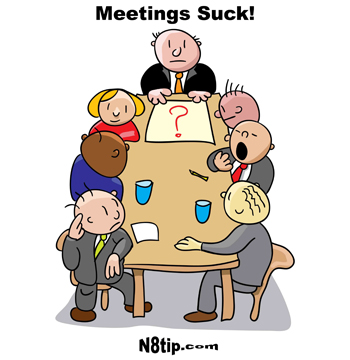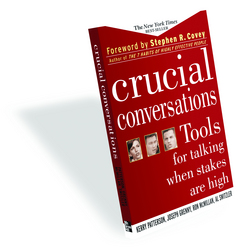Marketing through Online Contests
We have had some fun at my office recently, creating a video that will help to generate a feel and personality that represents our company. Mainly, it shows that we can let our hair down (or put some on) and just have some fun. We did this by putting together a rap video in the imitation of a rap song out there called “Thrift Shop.” The reasoning for this video is two-fold: Making it helped to create fun in our company, and it shows you how you can have fun by using contesting in your company’s marketing strategy.
<p><a href=”http://vimeo.com/64913817″>Rap For Your App</a> from <a href=”http://vimeo.com/user17964486″>Tori Rose</a> on <a href=”http://vimeo.com”>Vimeo</a>.</p>
We produced this video in conjunction with a contest we created, because that is what we do for clients – we create contests. Contesting is a very good approach to marketing for a number of reasons. This Mashable article highlights the four main ones.
1) Contests are a great tool for building your fan base.
2) Contests enable you to engage your audience.
3) Contests are a rich source of data.
4) Contests empower your customers to do your marketing for you.
You can check out the full article, but to sum it up, contesting helps you to build your likes on Facebook very quickly. You can double your likes, even if you have a lot already, with a contest. If you only have a few, you can take this up multiple times. You can engage your audience with user-generated content, which is what we did with creating a video and asking for a video in return to win a prize. This competitive nature is part of the human drive, and when others share their personal material, it invests them in your brand.
Getting data is crucial to building relationships, and contests are a key way to do that. This data will help your company to learn a lot about your potential clients during this interaction, so you can better understand their needs and how to provide value to them. It is also nice to have your clients share your story and to help you market. That is what a good contest can do – allow your customers to share with others and help foster name recognition.
When coordinated with an overall social media marketing plan, a good contest can be a powerful tool. What are you doing to create a contest that people will talk about and share with others? Oh, and feel free to enter our contest and Rap for Your App. You just might be the winner of a free mobile app for your company – built by Efficience, of course!





